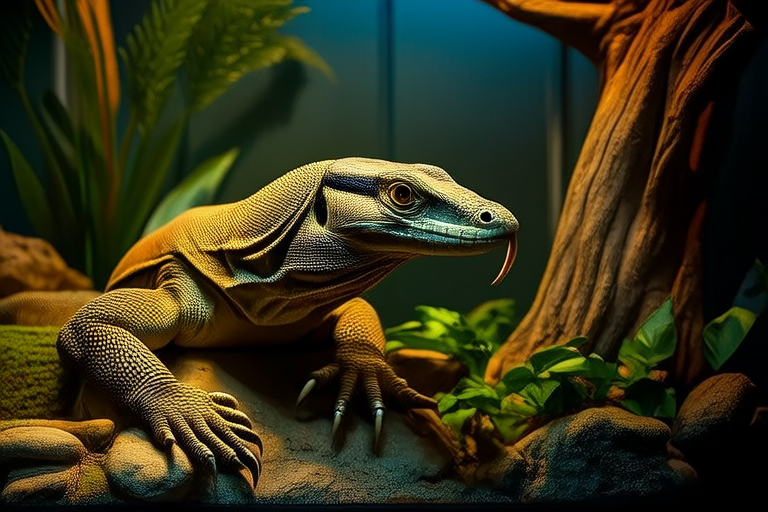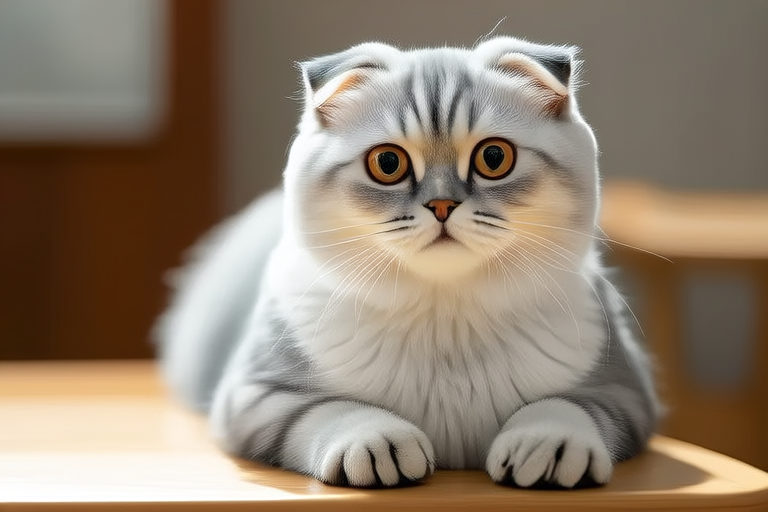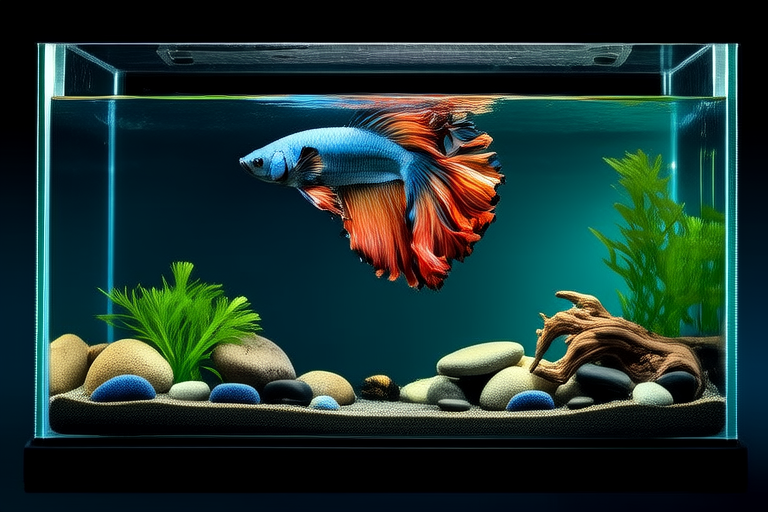
From Jungle to Home: Caring for Your Exotic Water Monitor
The water monitor (Varanus salvator) is one of the largest lizards in the world, native to the tropical regions of Asia. These reptiles are known for their impressive size, ranging from 4 to 7 feet in length, and their agility in both aquatic and terrestrial environments. In their natural habitat, they are found in swamps, mangrove forests, and rivers, where they hunt for a variety of prey, including fish, small mammals, birds, and insects. Their powerful tails aid in swimming, while sharp claws and strong limbs enable them to climb trees and dig burrows.
Owning a Water Monitor: Responsibilities and Considerations
Owning a water monitor as a pet comes with significant responsibilities and considerations. First and foremost, it’s essential to understand the legal regulations surrounding exotic pets in your area. Many countries and states have strict laws governing the ownership of non-native species, including water monitors. It’s crucial to research and comply with these regulations to avoid fines or legal issues.
Ethical concerns also play a vital role in the decision to own a water monitor. These animals are wild creatures that require specific conditions to thrive. Ensuring that you can provide a suitable environment and meet all their needs is paramount. Additionally, considering the impact of removing these animals from their natural habitats should be carefully weighed before making the decision to own one.
Setting Up the Ideal Living Environment
Enclosure Size
Water monitors need ample space to move around comfortably. A minimum enclosure size of 8 feet by 4 feet by 4 feet is recommended for a single adult water monitor. This space allows for sufficient room to swim, climb, and explore. The enclosure should be sturdy, with secure locking mechanisms to prevent escapes.
Temperature Control
Maintaining the right temperature is critical for a water monitor’s health. They are ectothermic, meaning they rely on external heat sources to regulate their body temperature. A basking spot should reach between 95°F and 100°F, while the cooler side of the enclosure should be around 80°F. Heat lamps, ceramic heaters, and under-tank heating pads can be used to achieve these temperatures.
Lighting
Proper lighting is essential for simulating natural daylight cycles and aiding in calcium absorption. UVB lighting is particularly important for water monitors. A 10% UVB bulb placed within 12 inches of the basking area is recommended. Ensure the light is replaced every six months to maintain its effectiveness.
Humidity Levels
Water monitors require high humidity levels, typically between 60% and 80%. Misting systems, humidifiers, and water dishes can help maintain these levels. Regular misting and providing a shallow water dish for soaking are necessary to ensure the lizard stays hydrated and comfortable.
Dietary Needs
Water monitors are opportunistic feeders with varied diets in the wild. As pets, they require a balanced diet consisting of lean meats, feeder insects, and occasional fruits or vegetables. Younger monitors may eat more insects, while adults benefit from a diet rich in whole prey items like mice, rats, and fish. Feeding frequency depends on the age and size of the lizard, but generally, they should be fed every other day.
It’s important to offer a variety of food items to ensure a broad spectrum of nutrients. Supplements containing calcium and vitamins are often necessary to prevent deficiencies. Always consult with a veterinarian experienced in reptile care for specific dietary recommendations.
Health Issues and Preventive Care
Water monitors are relatively hardy animals, but they are not immune to health problems. Common issues include metabolic bone disease, respiratory infections, and parasites. Regular veterinary check-ups, proper husbandry practices, and quarantine procedures for new food items can help prevent many of these issues.
Maintaining a clean environment is crucial for preventing illness. Enclosures should be cleaned regularly, with substrate changes and thorough disinfection to eliminate bacteria and parasites. Providing a healthy diet and monitoring for signs of illness, such as lethargy, loss of appetite, or unusual behavior, can help catch problems early.
Bonding with Your Water Monitor
While water monitors are not typically considered affectionate pets like dogs or cats, they can develop a bond with their owners through regular interaction and handling. Consistent, gentle handling from a young age can help acclimate the lizard to human presence and reduce stress. However, it’s important to respect the lizard’s boundaries and avoid handling if it shows signs of discomfort or aggression.
The commitment required for properly caring for a water monitor is substantial. These animals have long lifespans, often reaching 15 to 20 years or more. Owners must be prepared to dedicate time, effort, and resources to ensuring their pet’s well-being throughout its life. By understanding and meeting these needs, owners can enjoy a rewarding relationship with their exotic companion.





